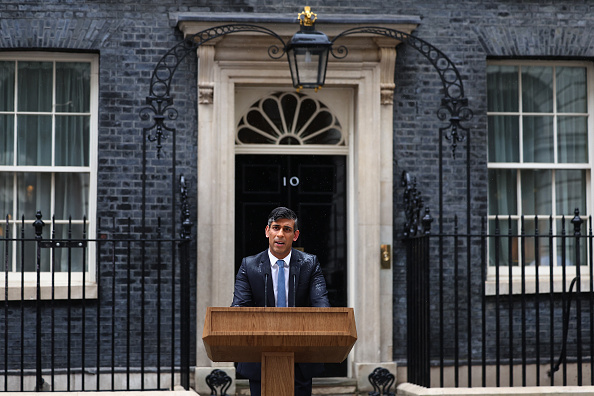New research commissioned by Engage Hub, the data-driven customer engagement solutions company, reveals that 90 per cent of UK consumers have unsubscribed from communications from retailers in the past 12 months, with nearly half (46 per cent) saying this is because they received too many messages from brands.
In the study, a third of respondents said they were unhappy with the frequency they receive offers or updates from retailers. Nearly a quarter (24 per cent) of UK consumers revealed they receive them from some retailers at least once every day, while 15 per cent said they receive offers even more frequently than that.
As well as receiving too many messages, nearly a quarter of UK consumers (24 per cent) say they unsubscribed from a retailer because the messages they received were irrelevant to them. In fact, 15 per cent say retailers never send them offers or updates that are relevant to them.
This, the research reveals, has a significant impact for retailers given that one in ten UK consumers (11 per cent) would consider shopping elsewhere if they continued to receive irrelevant communications from a retailer, while 68 per cent would simply unsubscribe.
Simon Brennan, vice president sales Europe at Engage Hub says, ‘Retailers need to change tact. Poorly targeted, ‘spray and pray’ style marketing campaigns generate the most spam complaints, and the majority of such communications remain unopened. This not only undermines a retailer’s spend on direct marketing ROI but also it also turns customers away as they quickly become disengaged with a brand that doesn’t treat them as an individual.
‘Modern marketing is increasingly reliant on harnessing real-time data to drive more meaningful, memorable and effective conversations with customers. Retailers, therefore, need to focus on crafting contextual, highly personalised content that draws the customer in, rather than making them hit the delete button or mark it as spam.
‘And this is where leveraging data, from transactions and interactions that customers have already had with a brand, proves invaluable. Having a holistic view of subscribers, by consolidating CRM data and marketing activity across multiple channels, will ensure consumers aren’t bombarded with irrelevant messaging.’
The personal touch
The Engage Hub research also finds that consumers want more personalised content within the messages they receive from retailers. Nearly half of UK consumers (46 per cent) say they would be more encouraged to click through to purchase if promotional offers were tailored to their likes and dislikes, indicating that there is a level of personal information they are willing to share if asked.
There were a number of other factors that would encourage consumers to click through to purchase on communications, including the timing of a communication (18 per cent) and offers tailored to the consumer’s location.
Nearly a fifth of respondents say they would also be more encouraged to click through to purchase if offers were sent to them via their preferred channel of communication. Yet just 21 per cent said that retailers always deliver offers and promotions to them via their preferred channel of communication.
Email was considered as the channel of choice for the majority of UK consumers (62 per cent), yet nearly one in five (17 per cent) would most like to receive communications from retailers via social media – making this the second most popular channel for UK consumers.
But there are notable differences for some key demographics, and whereas considerably more (68 per cent) aged 65 or older prefer communications over email, those aged between 18 and 24 (50 per cent). Conversely, social media is the preferred communication channel for 26 per cent of that younger age group, and only 11 per cent of those 65+.
Brennan adds, ‘Messages tailored to a customer’s location alone isn’t enough. Personalisation based on the whole customer profile is essential to maximise real time location-based customer engagement and marketing messages. By bringing real time demographic data, location triggers, channel preferences and behavioural information into one single platform, marketers, customer services and IT teams can work collaboratively to manage information better.’
Brennan concludes, ‘While email remains dominant, there are clear indications that the younger demographic is shifting preference to other less traditional means of communication. Identifying the right channel to engage with consumers is as big a factor as the content of a message itself, and that needs to be based on insight into customer preferences. This level of personalisation in customer engagement goes a long way towards building and reaffirming the customer-brand relationship in an age when loyalty is not guaranteed.’





